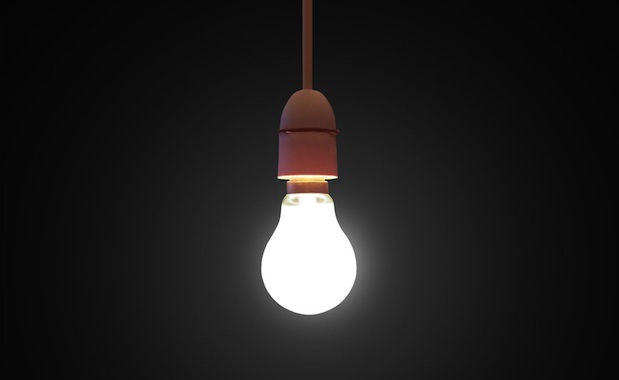Dear EarthTalk: What was the BULB Act pertaining to light bulb energy efficiency that just failed to pass in the House of Representatives? –Betsy Edgerton, Columbus, OH
The Better Use of Light Bulbs (BULB) Act (H.R. 2417) was a failed attempt in July 2011 by some Republicans in the House to repeal a 2007 law mandating increased efficiency for light bulbs sold anywhere in the U.S. Sponsors of the bill cited the 2007 bulb efficiency requirements—whereby light bulbs must be 25 to 30 percent more efficient by 2014 and then as much as 60 percent more efficient by 2020—as a key example of how government overreaches its authority.
“The 2010 elections demonstrated that Americans are fed up with government intrusion,” said Representative Joe Barton, the Texas Republican who proposed the repeal. “The federal government has crept so deep into our lives that federal agencies now determine what kind of light bulbs the American people are allowed to purchase.” It’s ironic that the new standards were put in place by Republican President George W. Bush as part of his Energy Independence and Security Act of 2007, a sweeping update of the country’s energy policy. At the time, the bill, including the provisions about light bulb efficiency, enjoyed widespread bi-partisan support.
The fact that the BULB Act couldn’t muster enough votes in the Republican-controlled House to pass by the required two-thirds majority shows that even many conservative lawmakers would rather have the country save money and energy than waste it unnecessarily on inefficient lighting. The repeal effort did garner 233 votes, but the 193 opposed were more than enough to override it given House rules.
Maryland’s Steny Hoyer, Democratic Whip in the House, derided the sponsors of the repeal attempt for focusing on the wrong priorities in these dire economic times. “By bringing misguided bills like this one to the floor instead of a comprehensive jobs plan, it is clear that House Republicans are still in the dark.”
Even the National Electrical Manufacturers Association and General Electric came out against repealing the increased efficiency standards, given the strides industry has made in recent years to roll with the punches and design more efficient bulbs, fixtures and electricity distribution methods.
Analysts wonder if the 2007 efficiency requirements will sound the death knell for incandescent bulbs, which have not changed significantly since first invented by Thomas Edison in 1879. While newer, more efficient styles of bulbs—from compact fluorescents (CFLs) to halogens to light-emitting diodes (LEDs) —may be significantly more expensive than their incandescent counterparts (by as much as a factor of 50! ), consumers will likely make up the difference and then some over the long term as energy savings accrue. The Department of Energy estimates that the switchover to newer, more efficient bulbs will save American households upwards of $50 per year by 2015, or some $6 billion in the aggregate.








